In the presentation on “Nutrition for Tortoises”, various aspects of the digestive system, metabolism, and diet of European tortoises are discussed. Here are some key points:
- Diet Composition: European tortoises should primarily consume wild herbs and suitable leaves from trees, shrubs, and flowers. High-quality hay can be offered as part of their diet.
- Avoiding Certain Foods: Fruits and vegetables are not well-digested and contain too much sugar, so they should generally be avoided.
- Calcium Supplementation: Provide calcium sources such as cuttlefish bone and crushed algae. It’s ideal if tortoises can self-supply their calcium needs within their enclosure, which can be enhanced by sowing mixed wild herb seeds multiple times a year.
- Summer Feeding: In the summer months, particularly from July to August, offer more dried foods such as herb hay and Agrobs Testudo Heucobs soaked in water. Agrobs Testudo is a high-quality herb hay specifically formulated for tortoises, pressed into pellet form. It should be mixed with water to create a nutritious food mash, offered fresh daily.
- Special Products: For tortoises from arid regions, Testudo Herbs can be used without soaking. For hatchlings, Testudo Baby with higher protein content is available.
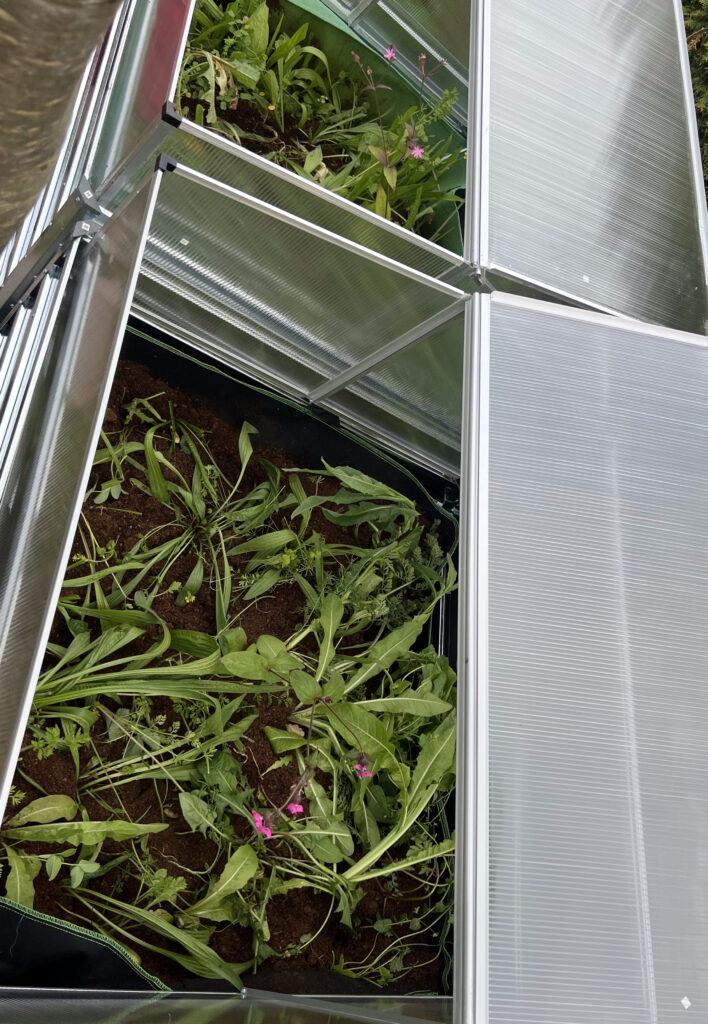
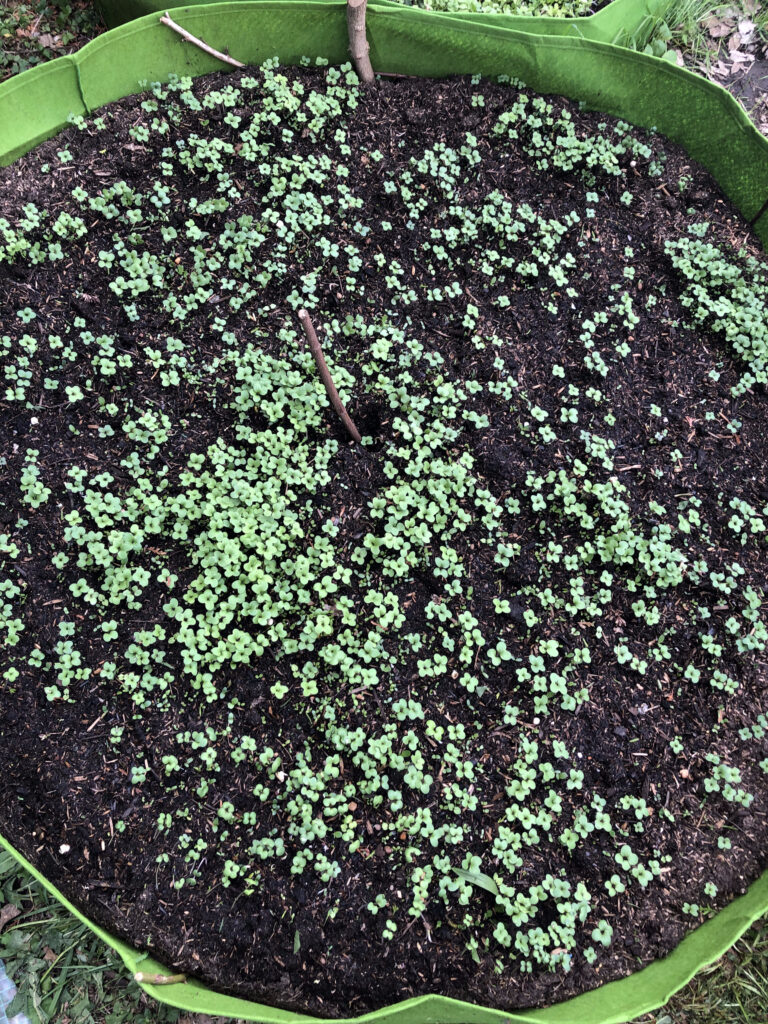
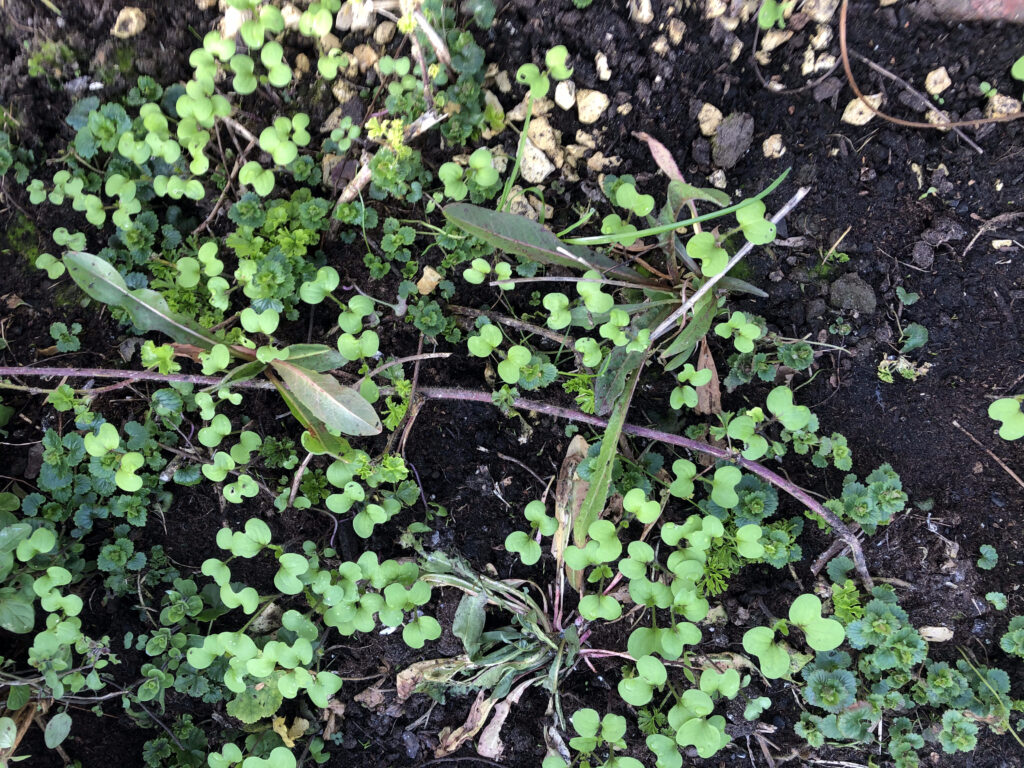
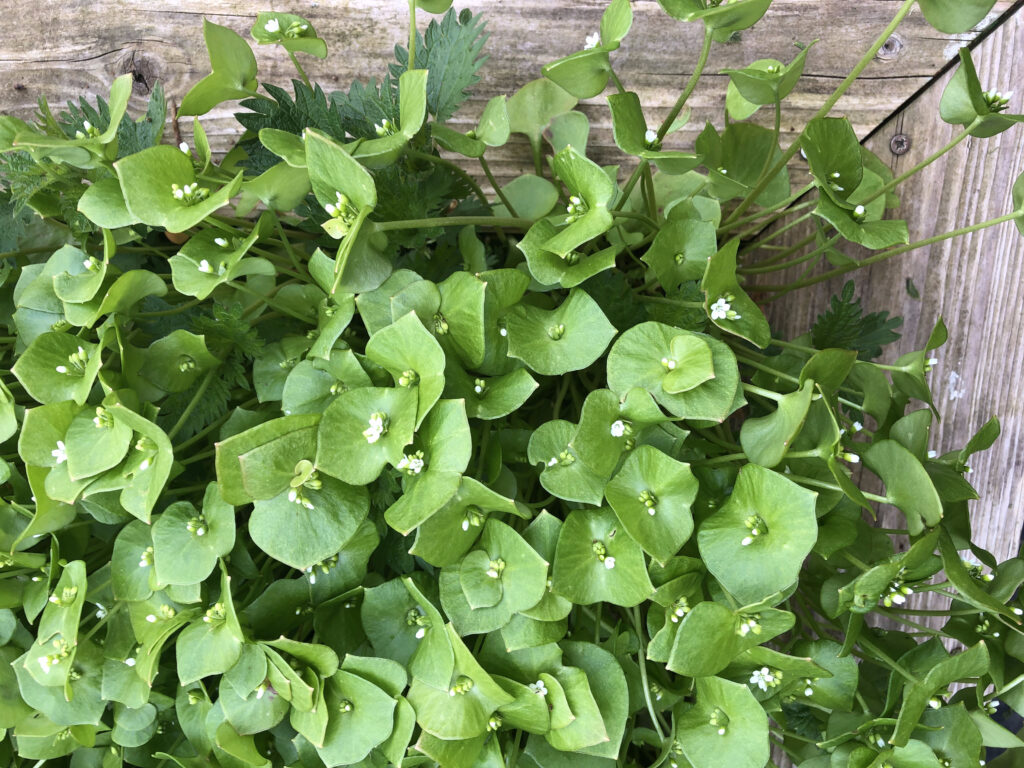
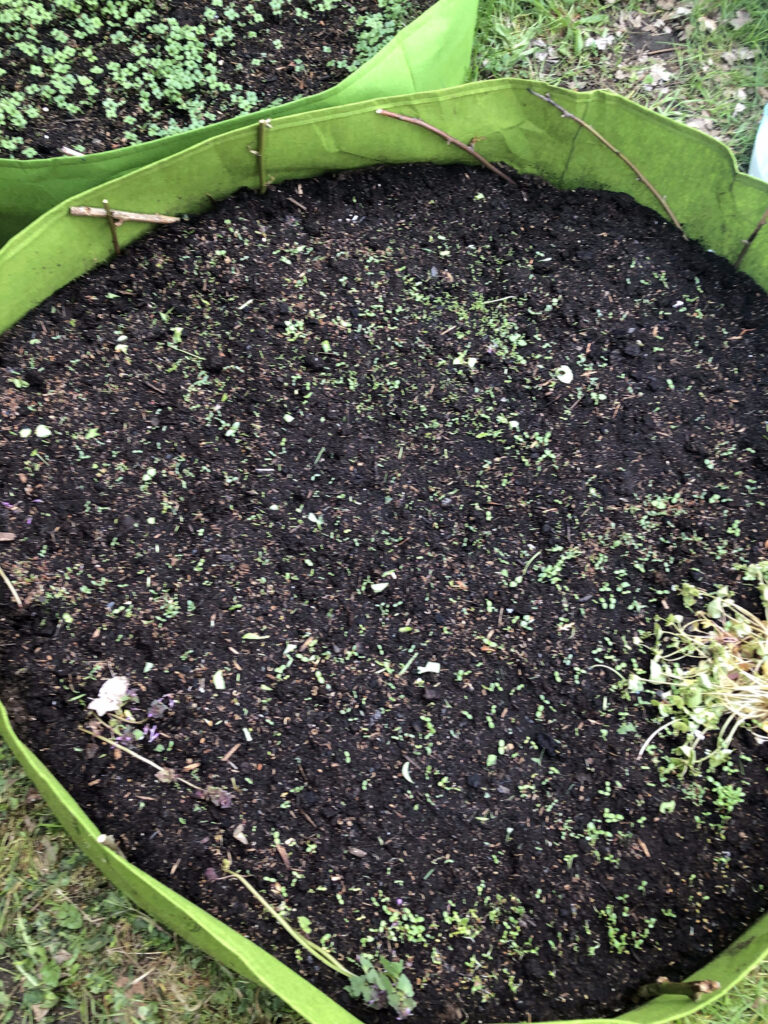
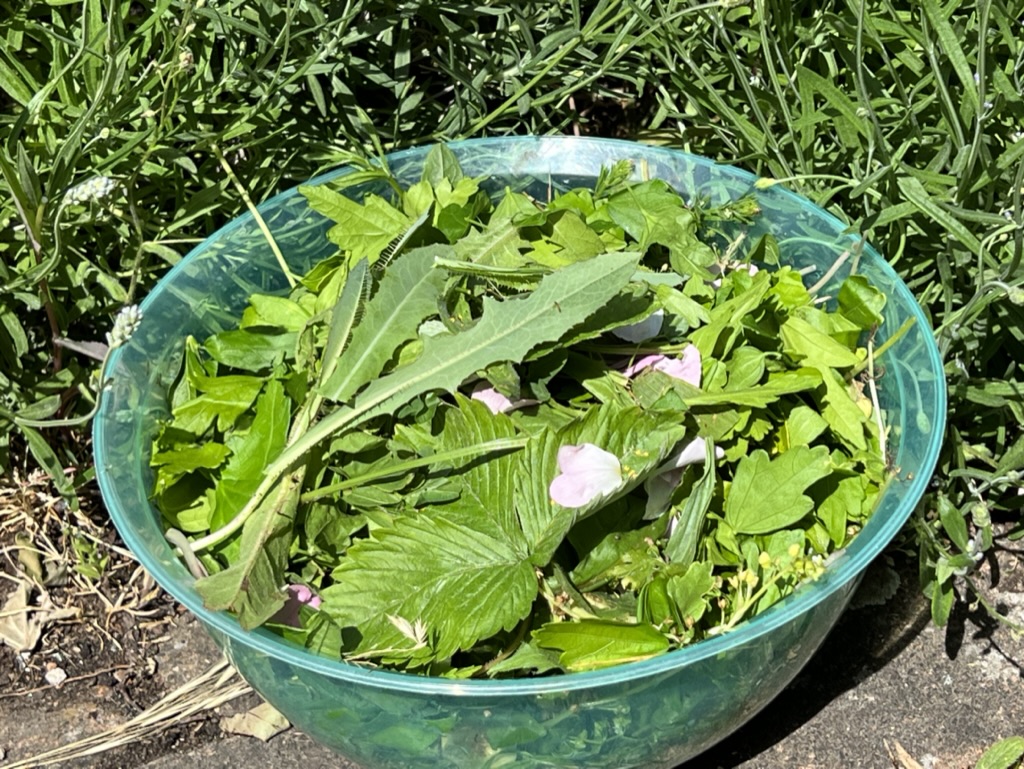
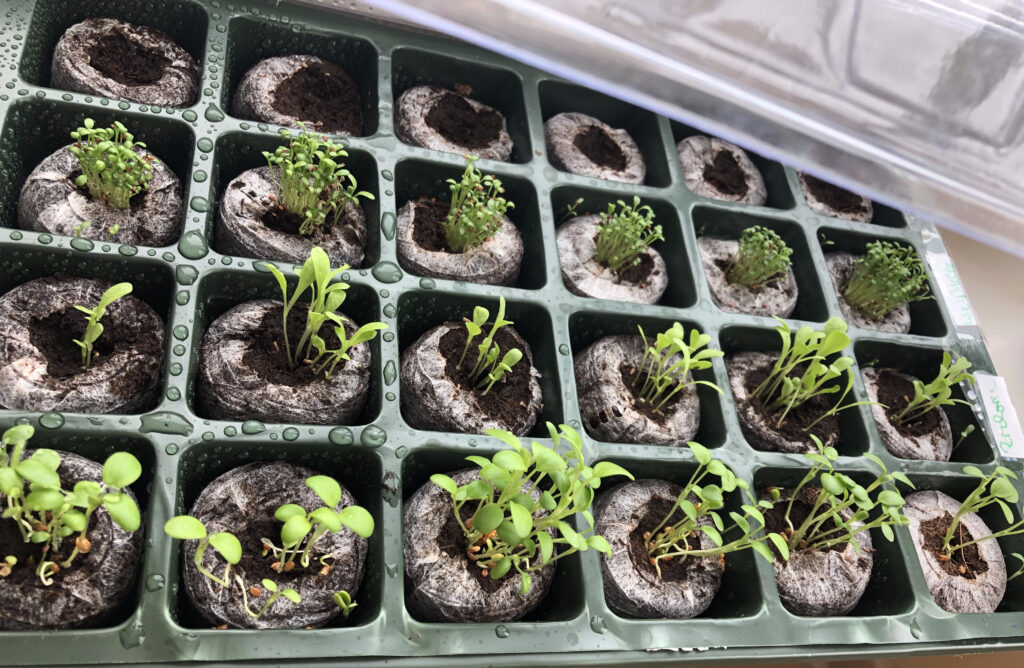
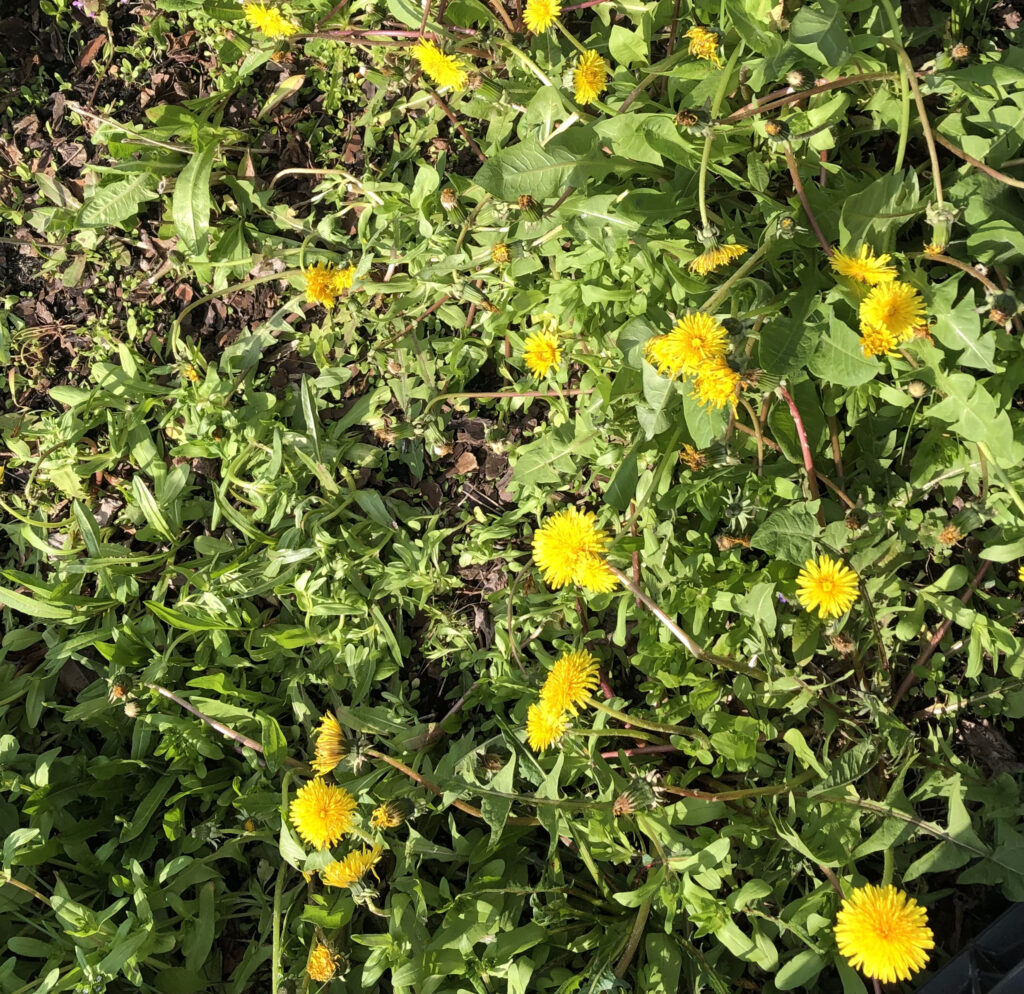
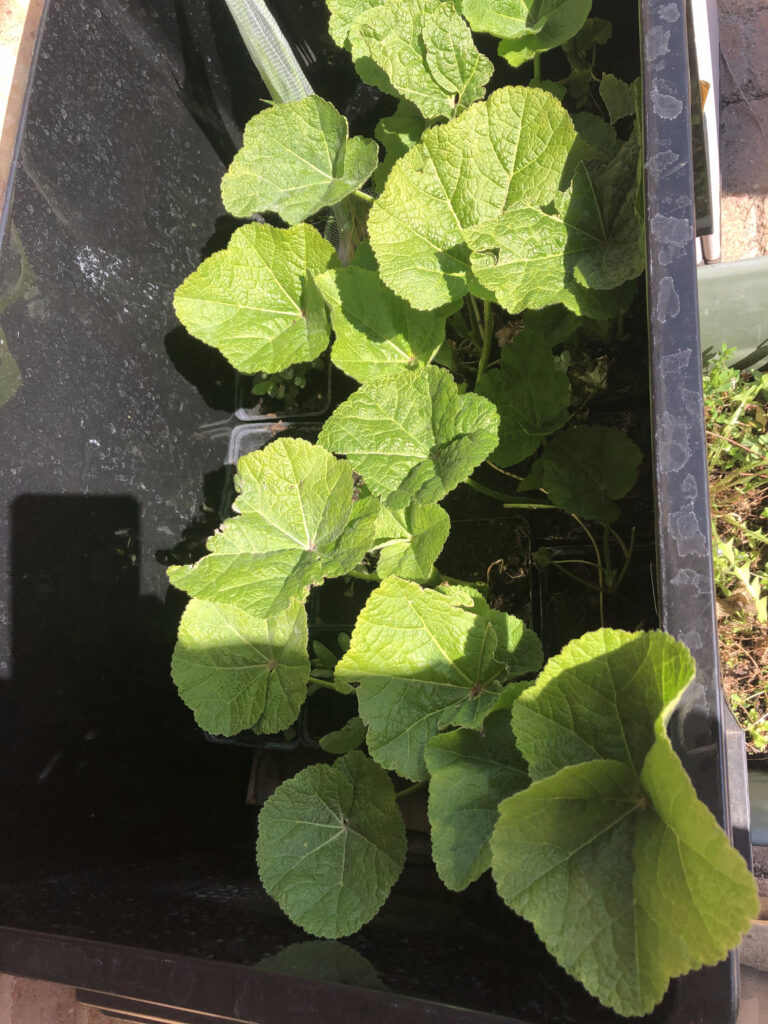
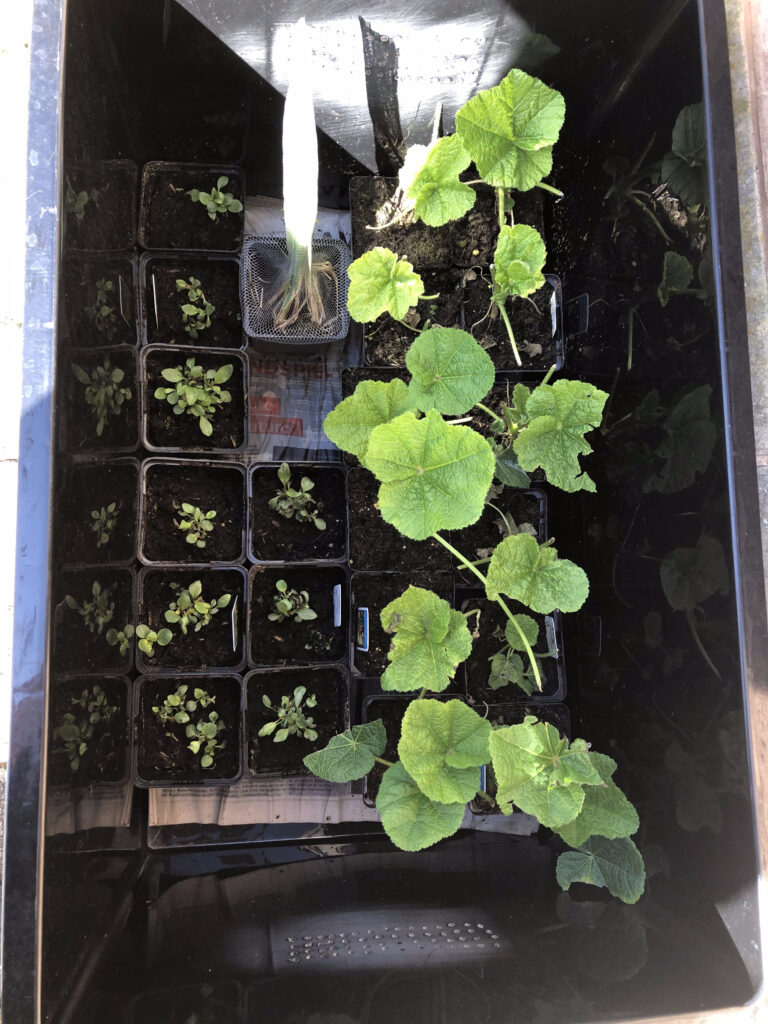
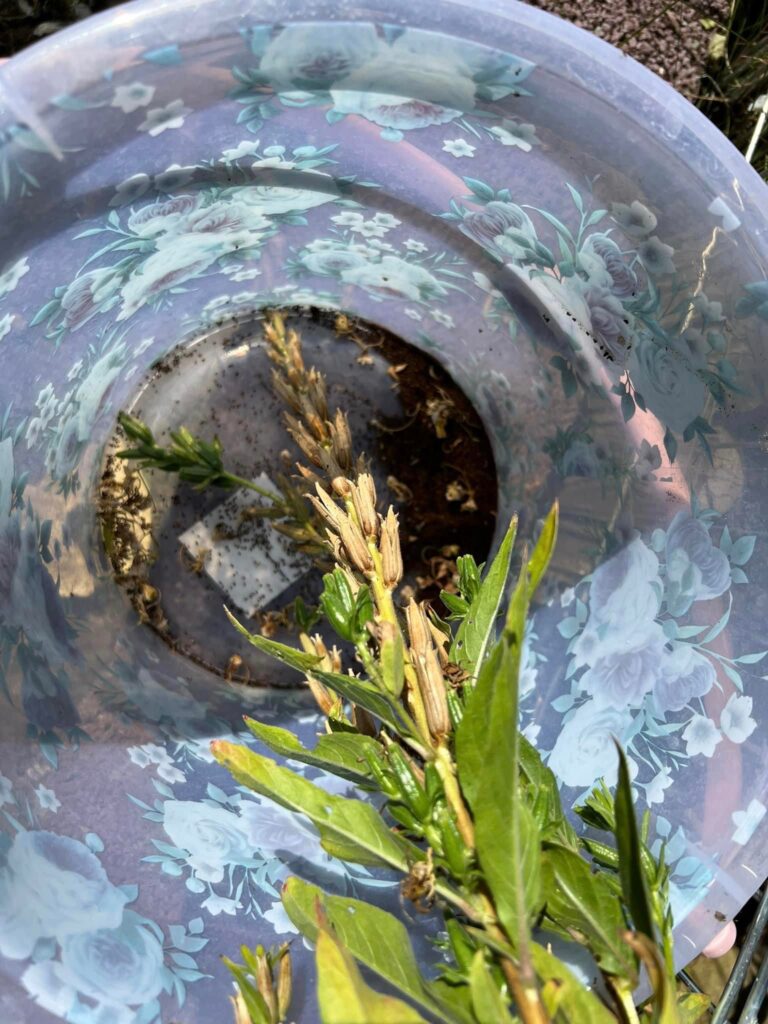
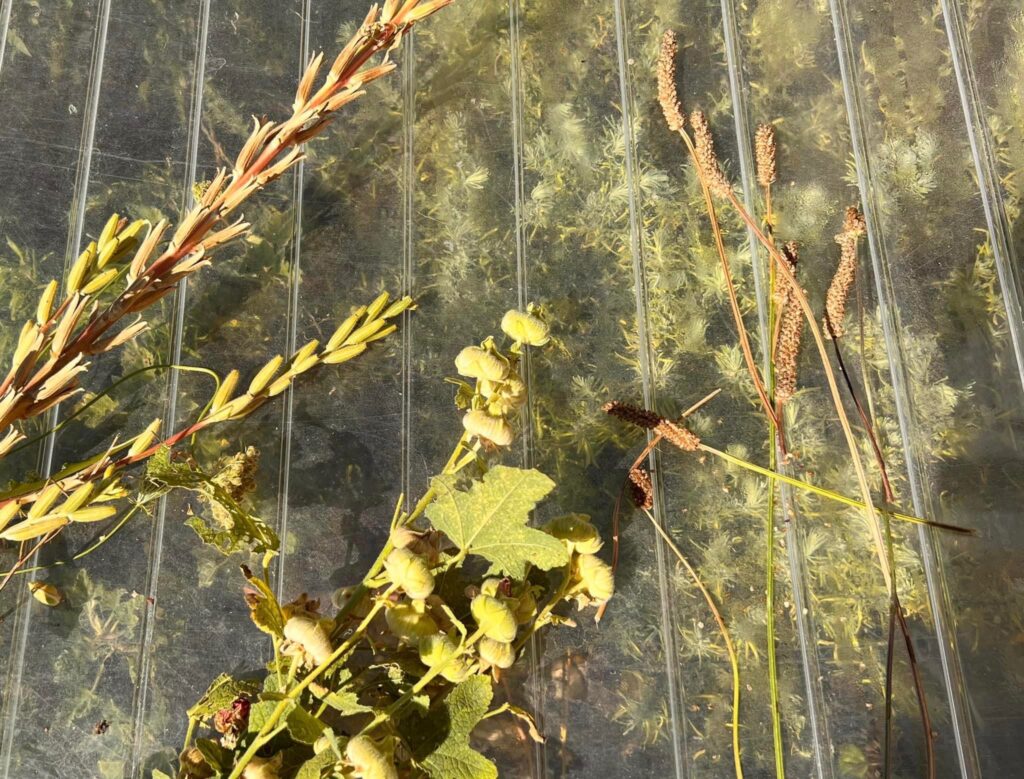
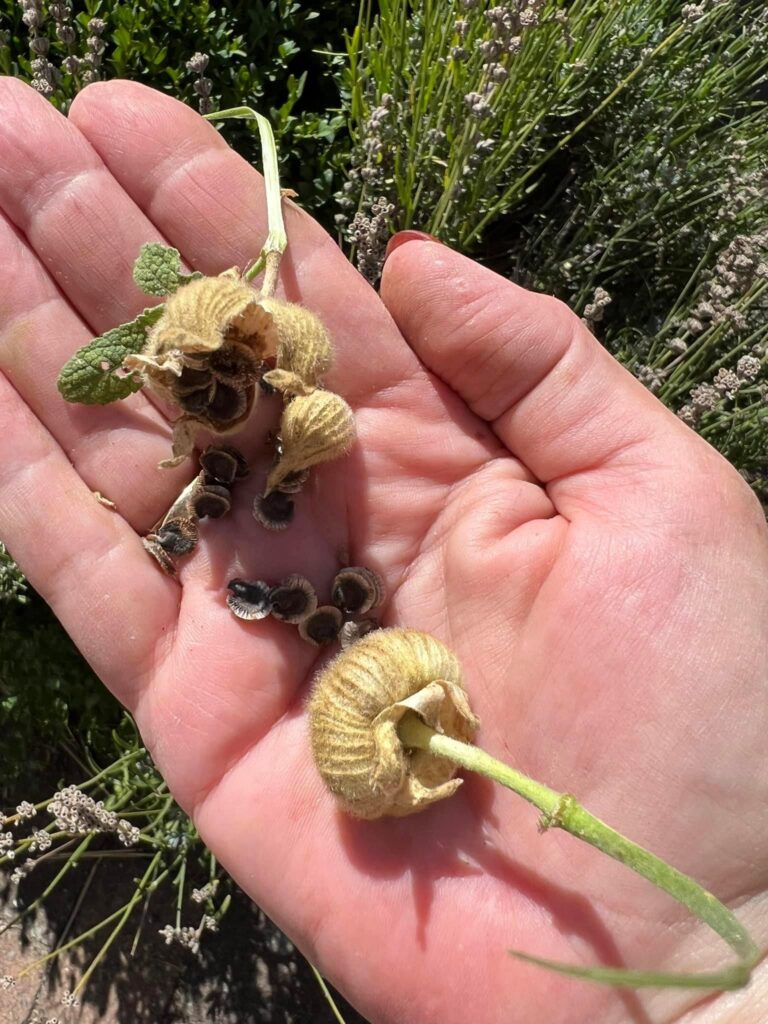
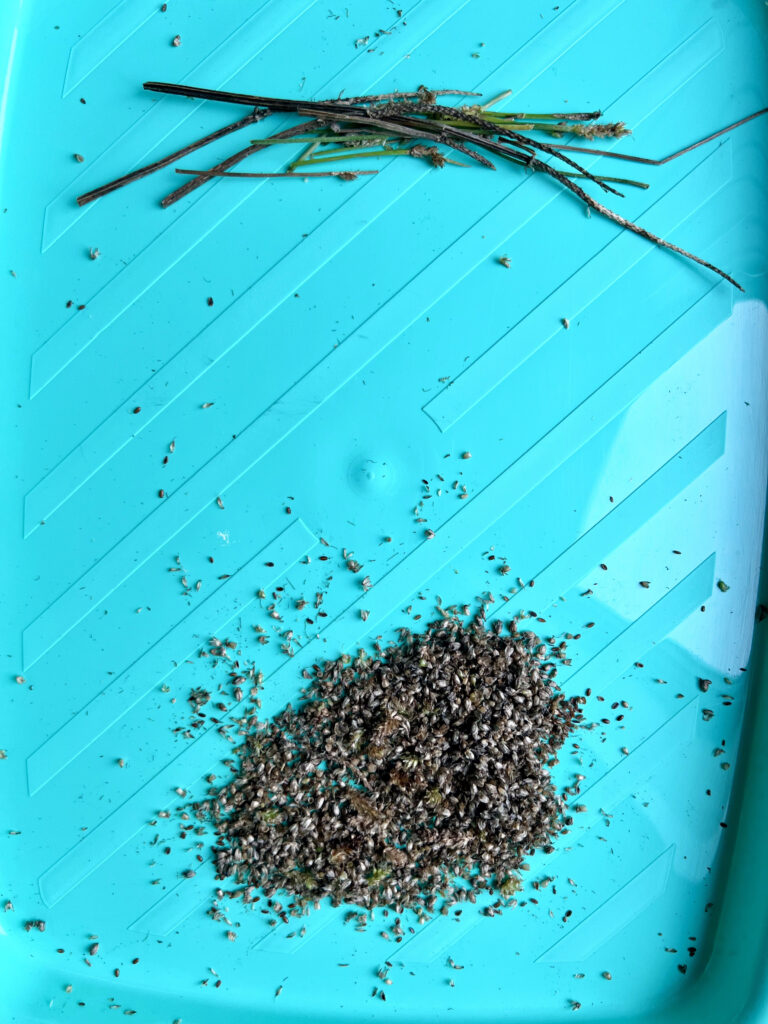
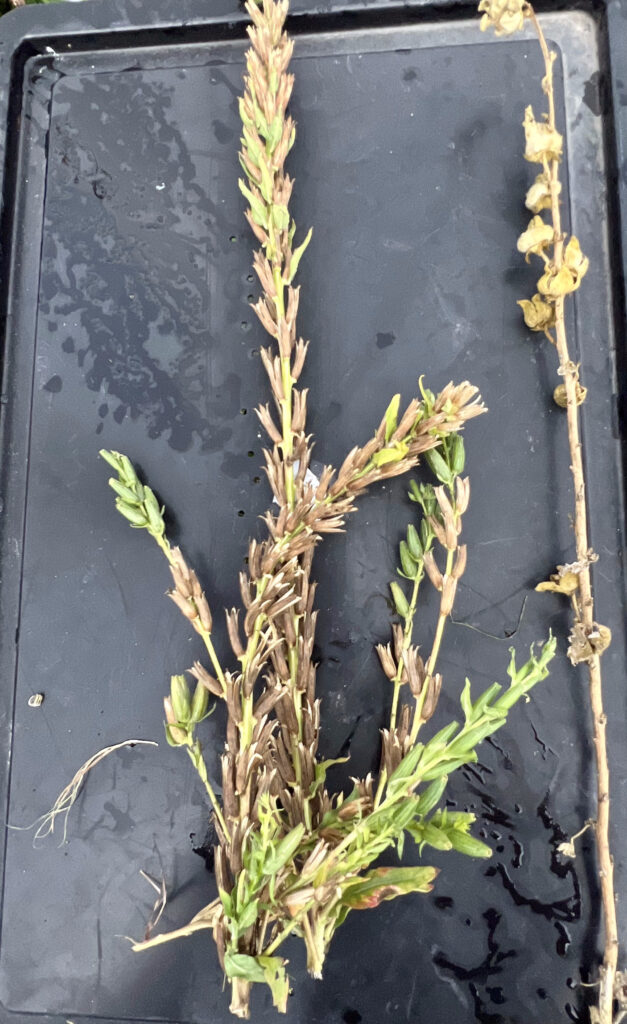
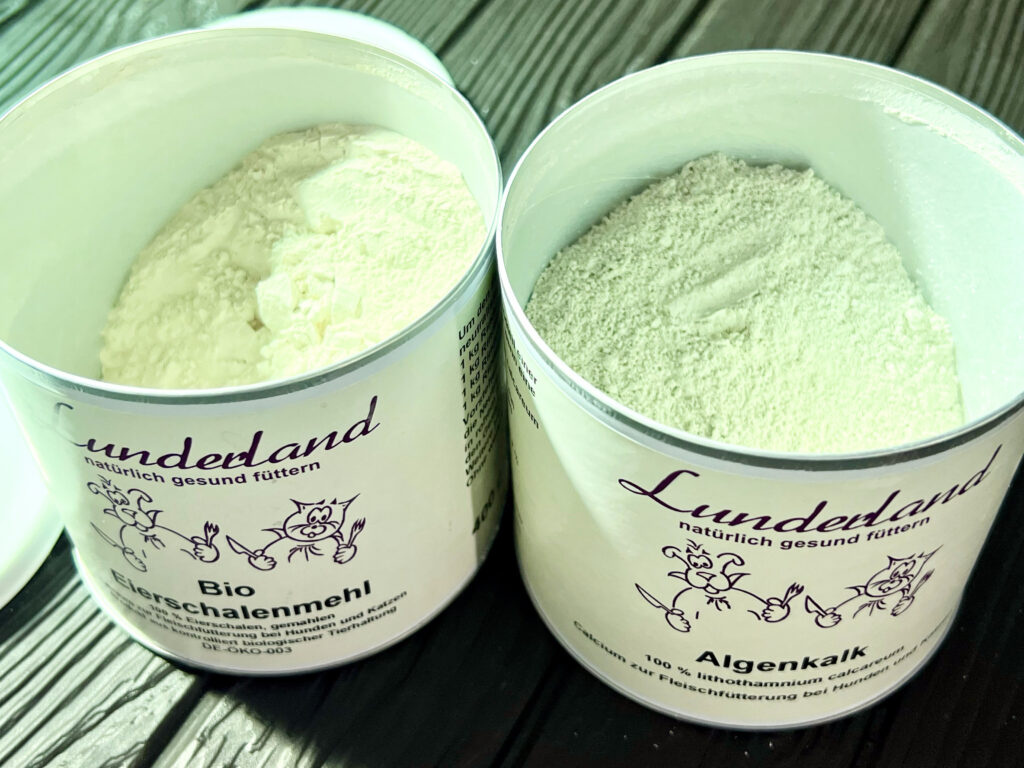
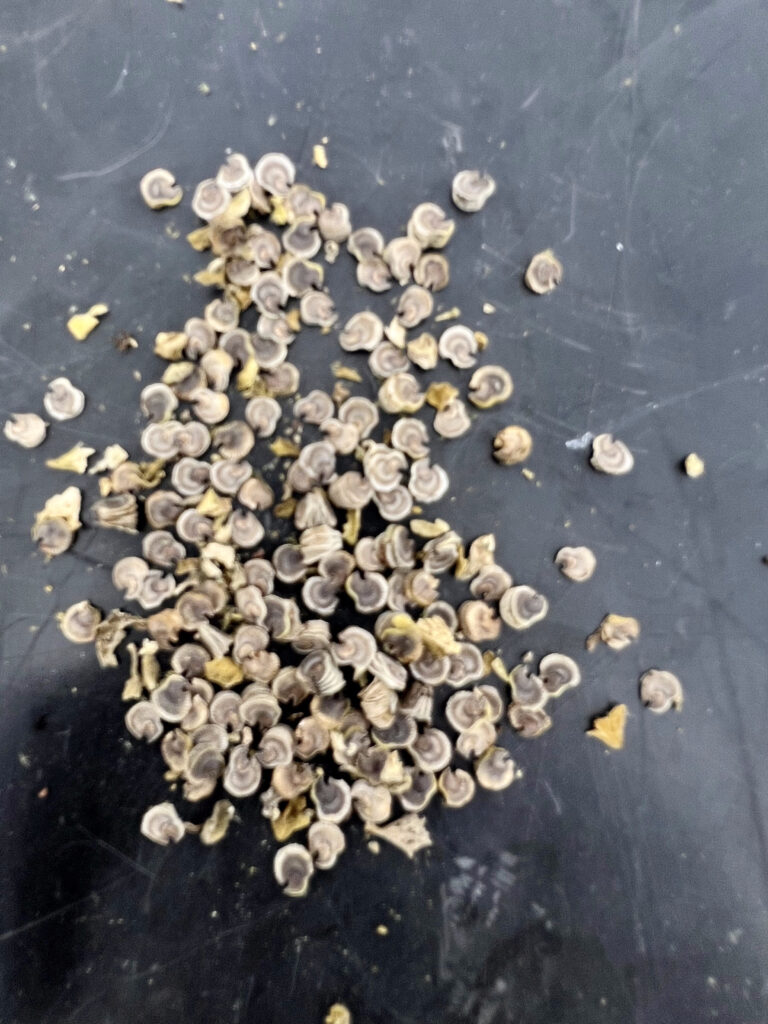
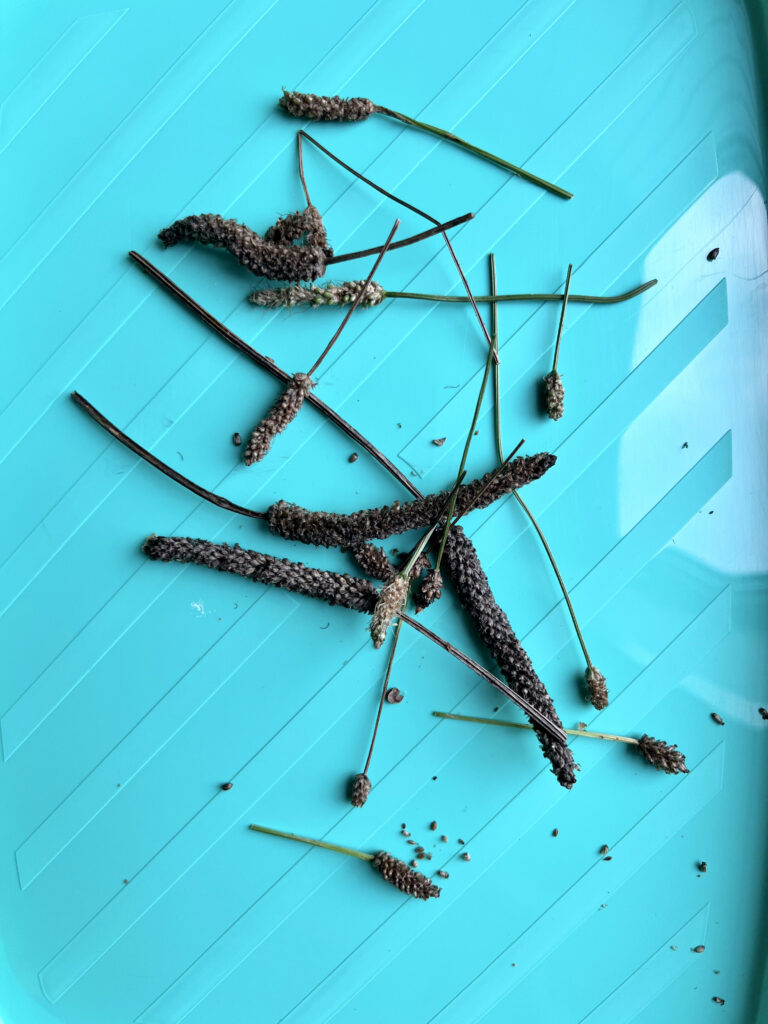
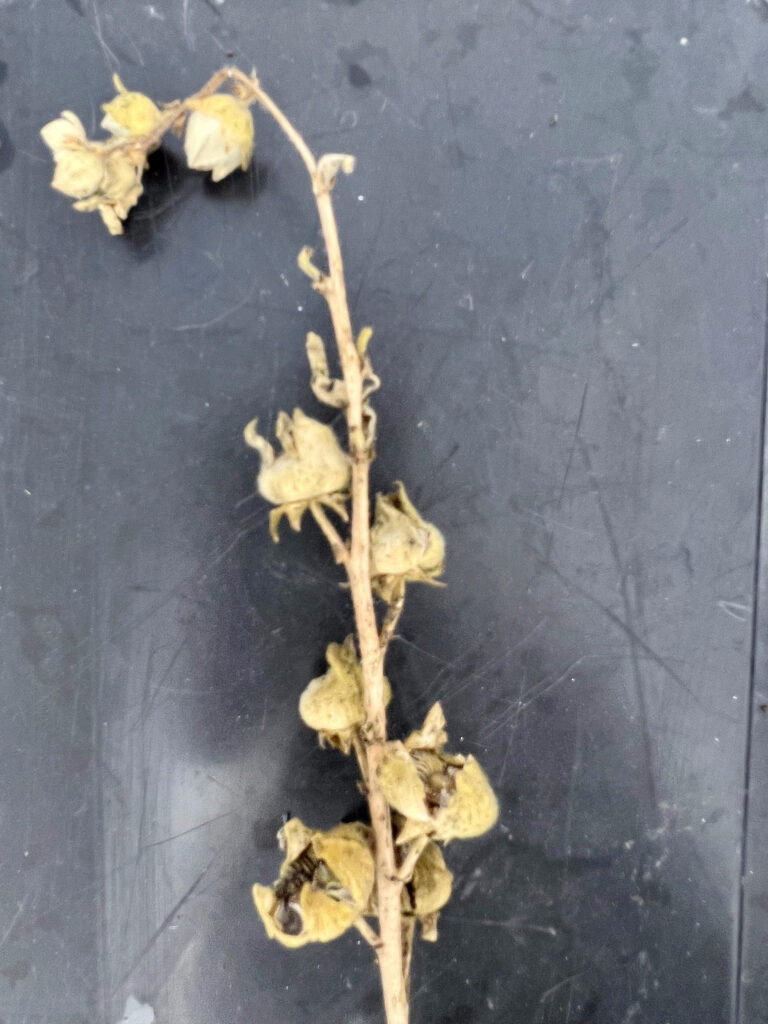
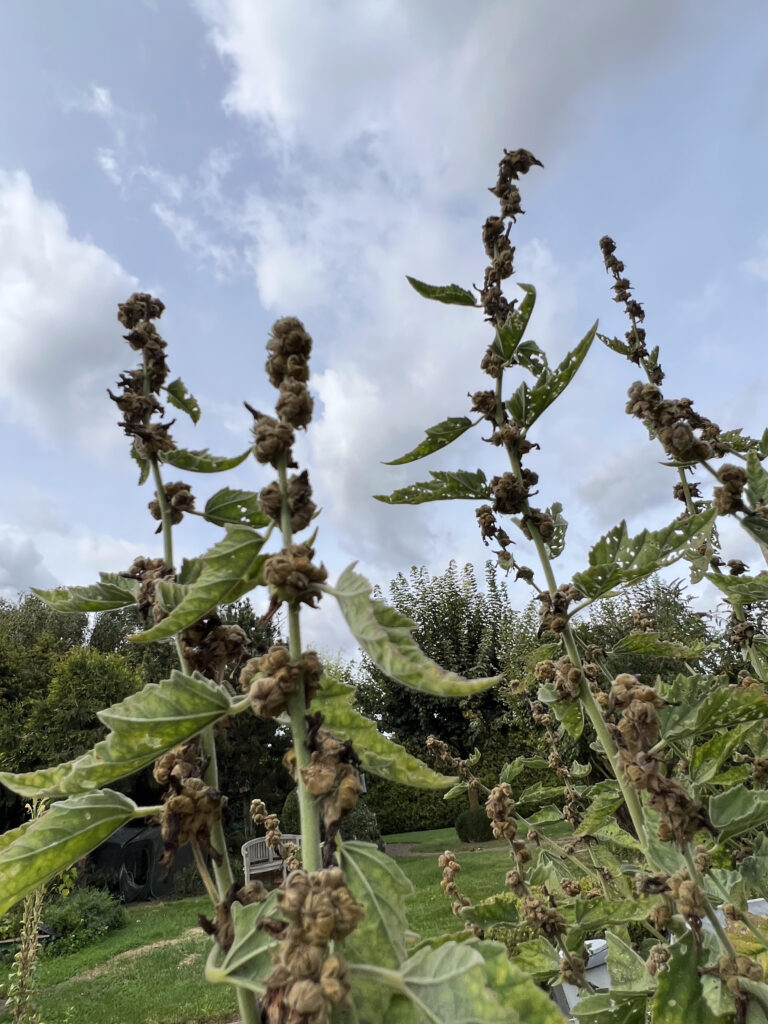
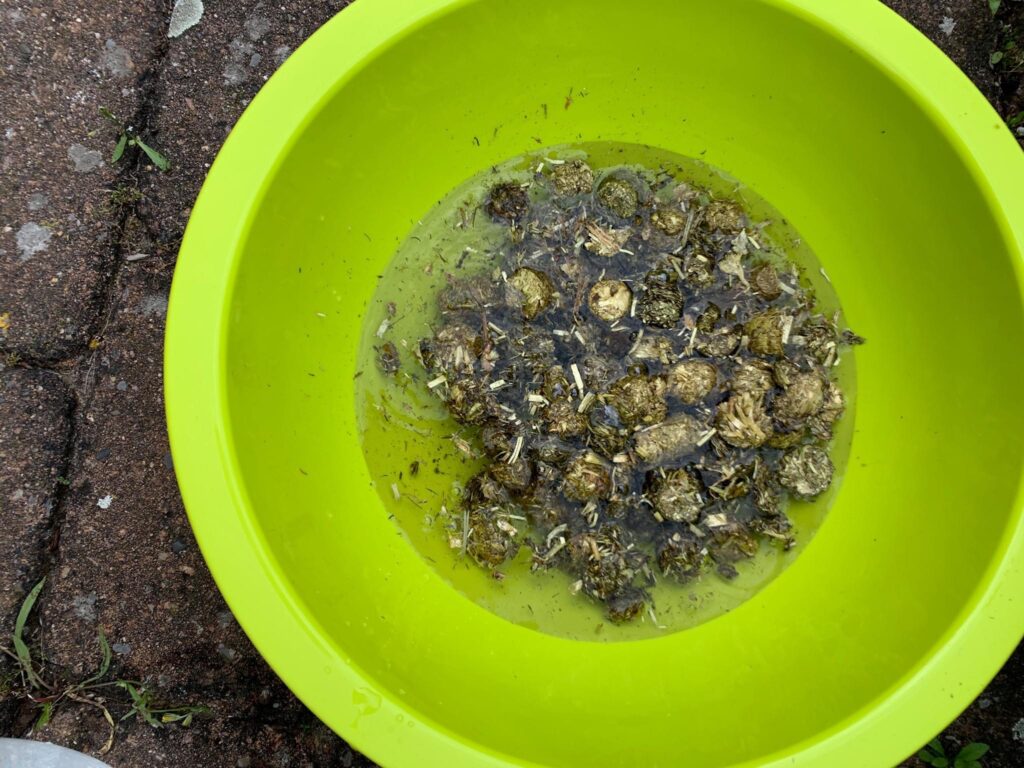
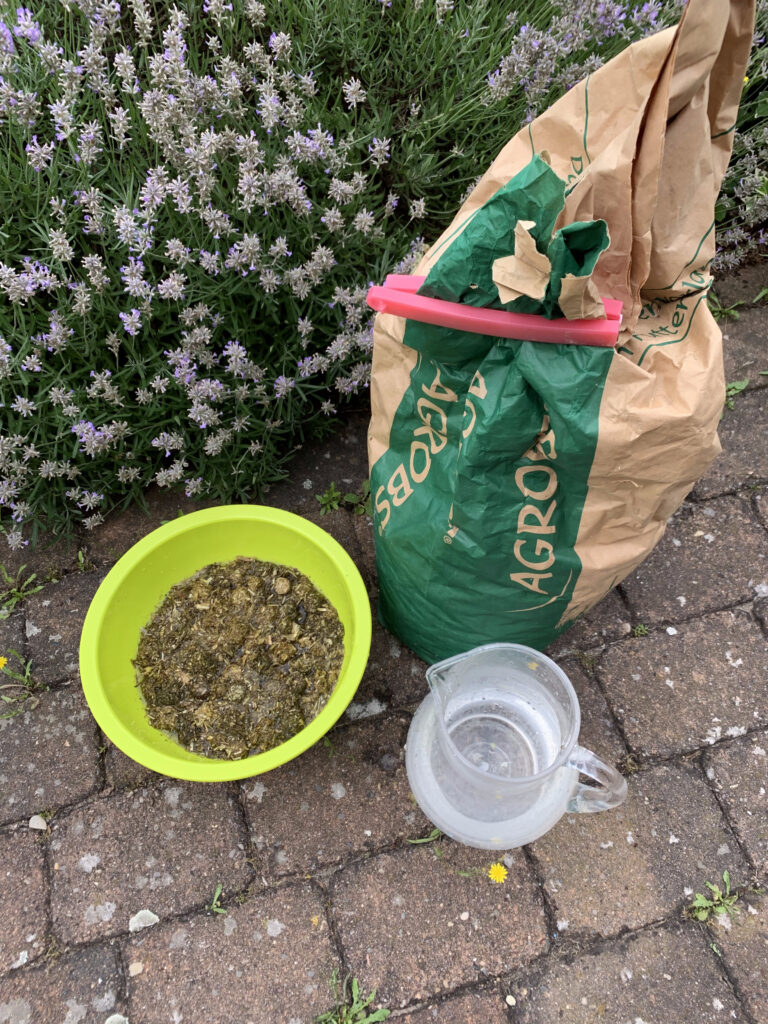
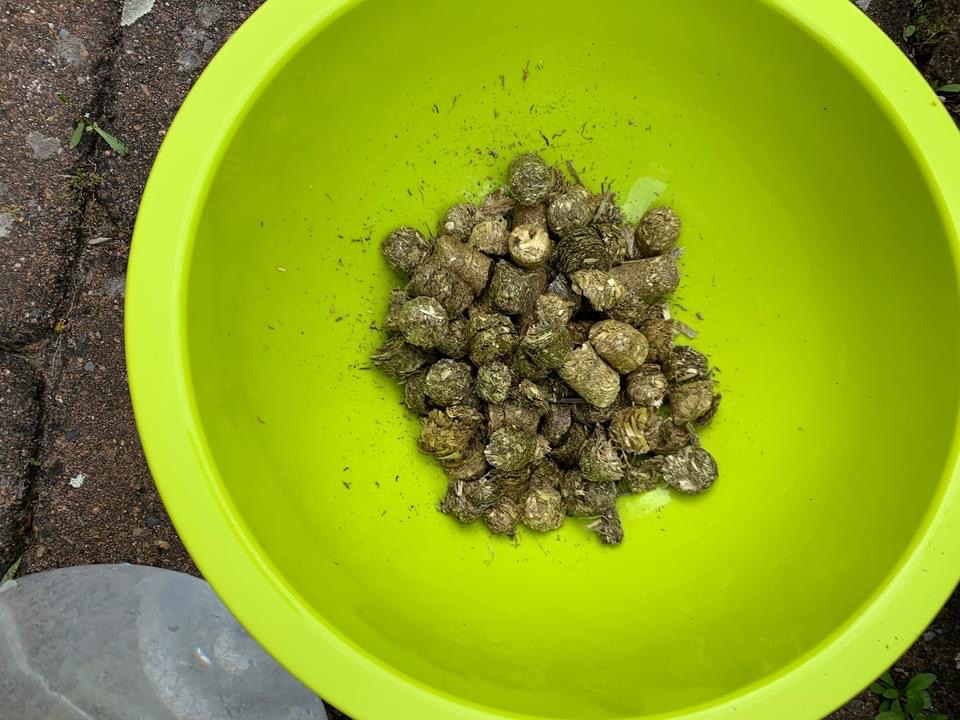
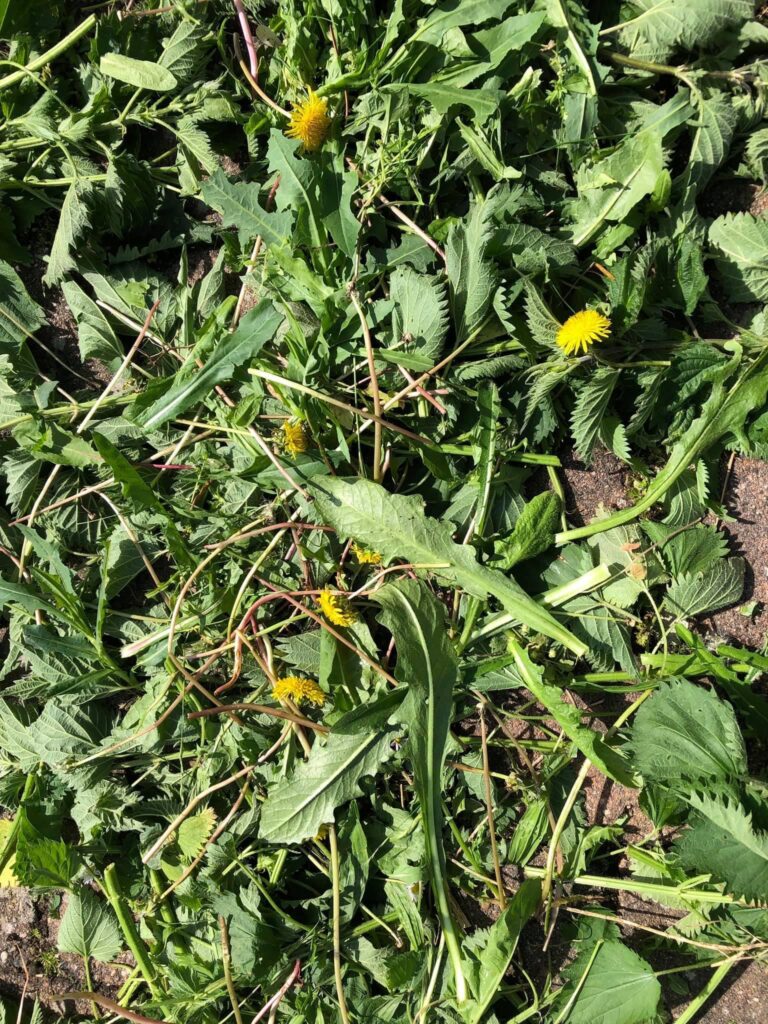
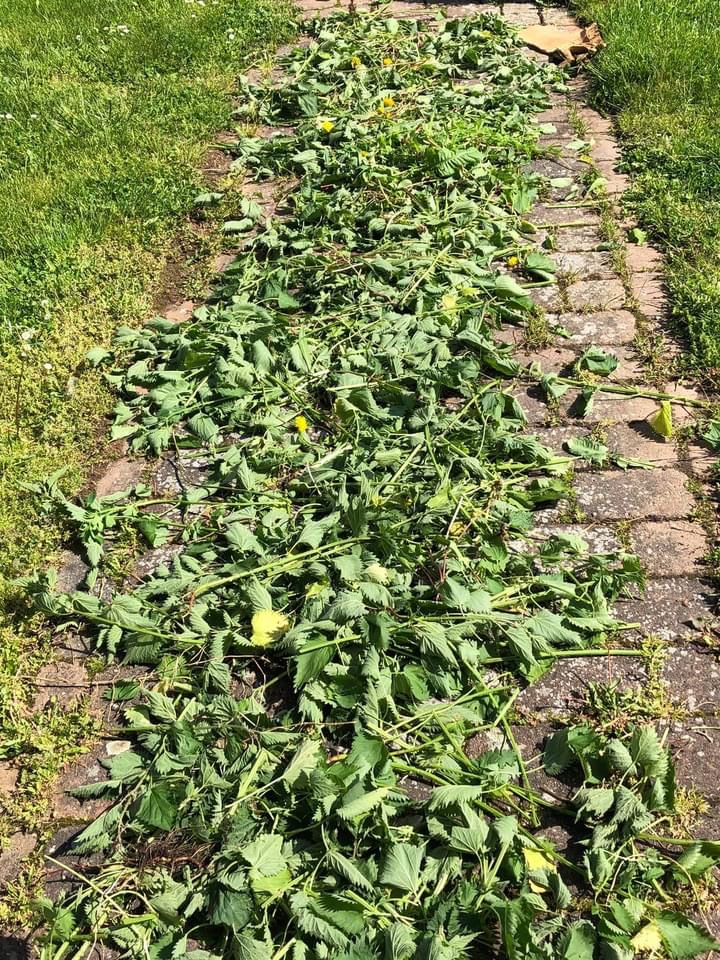
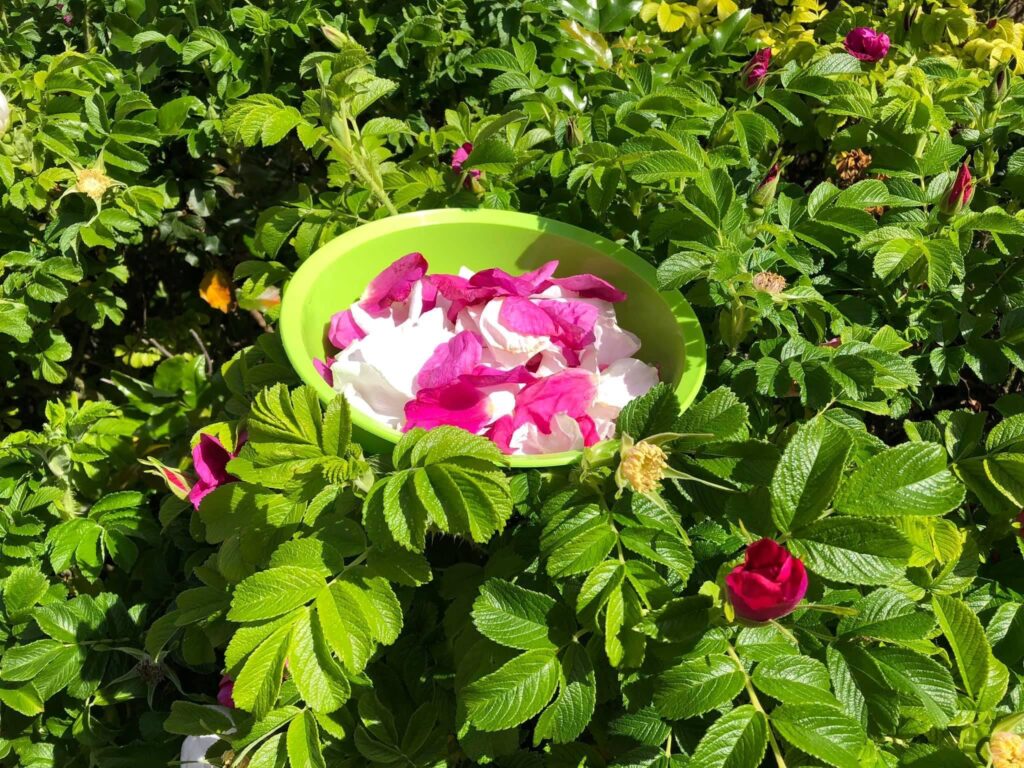
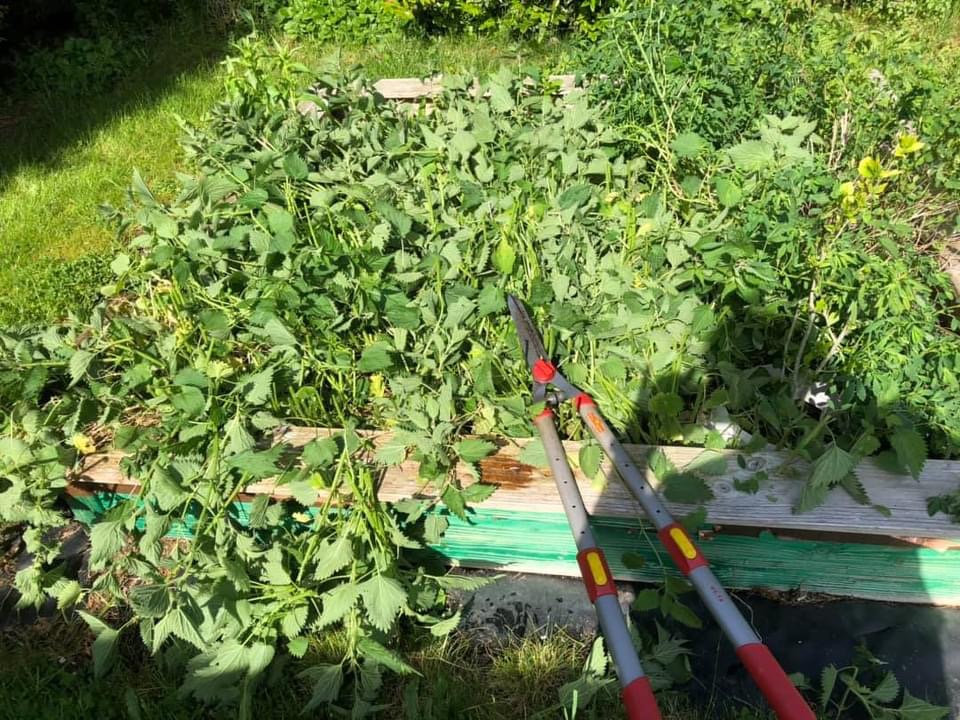
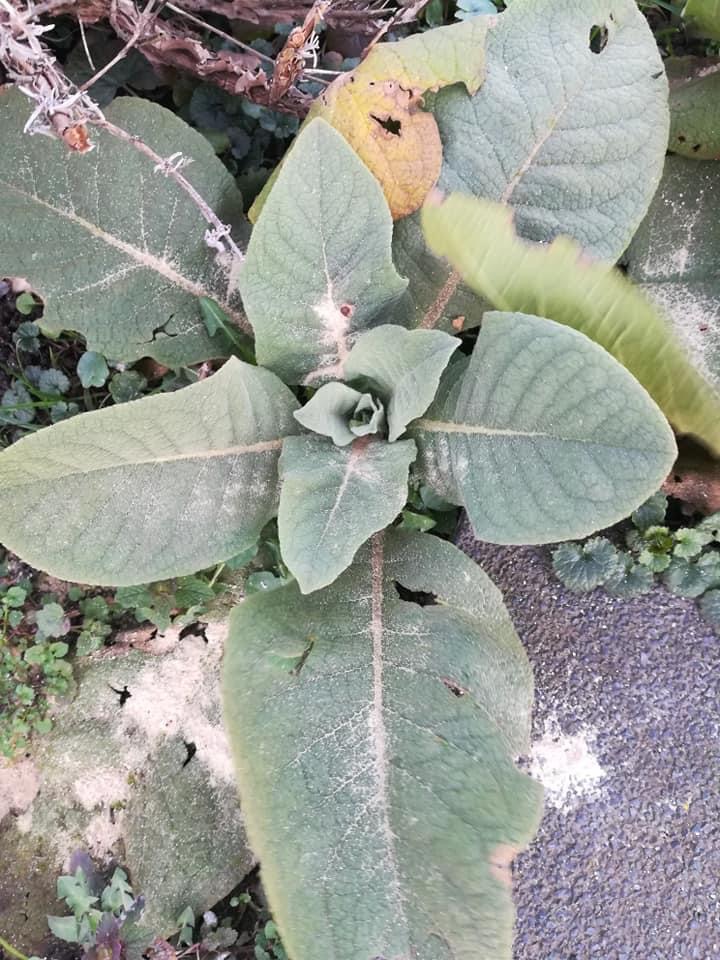
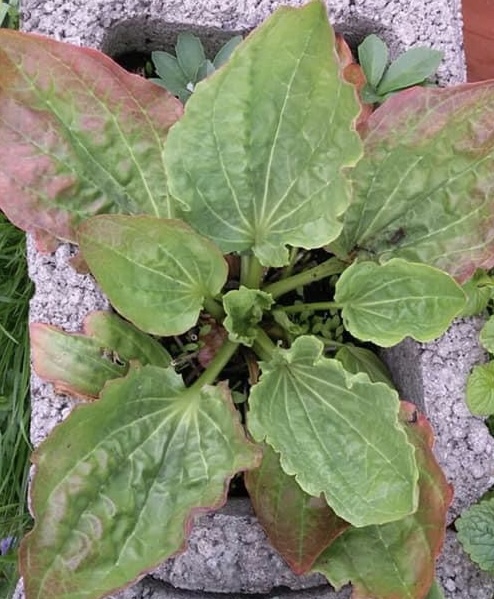
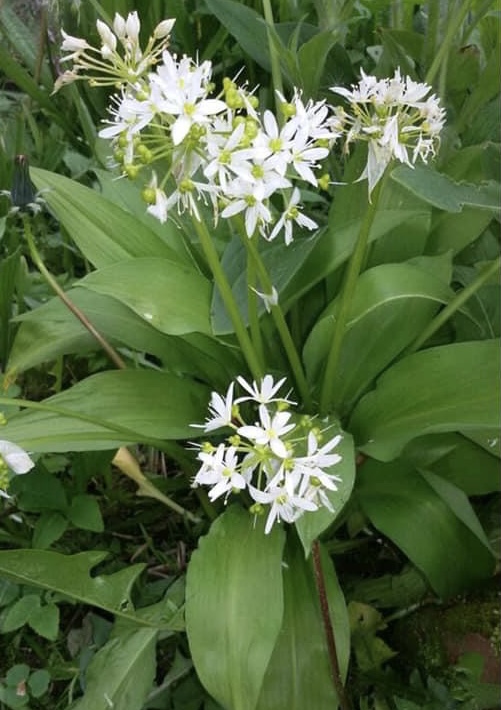
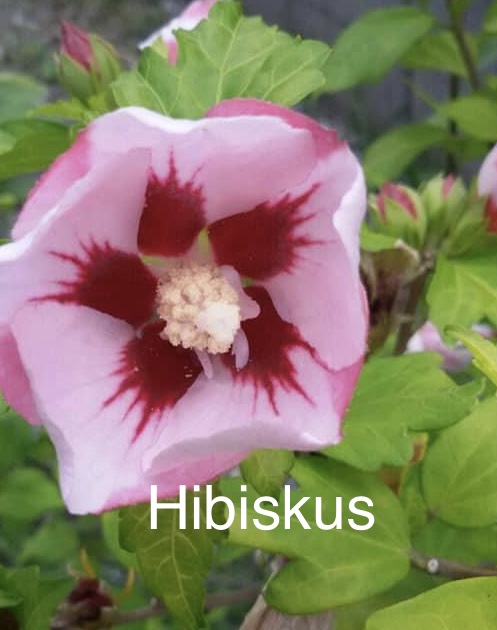
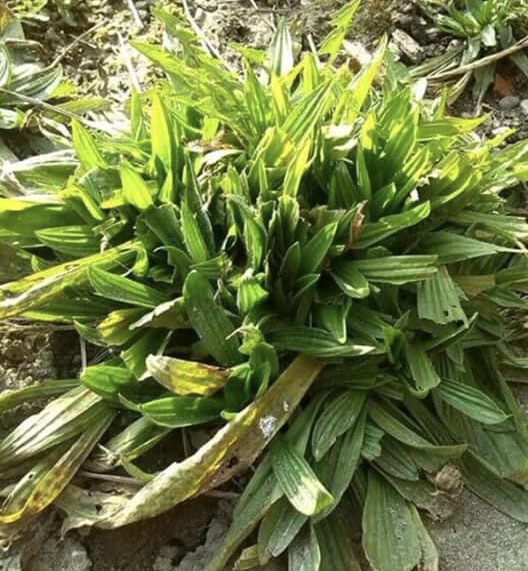
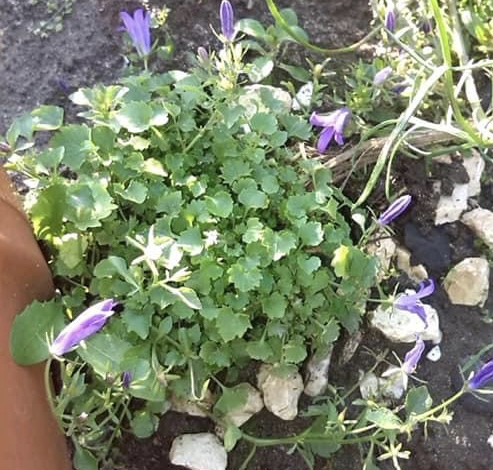
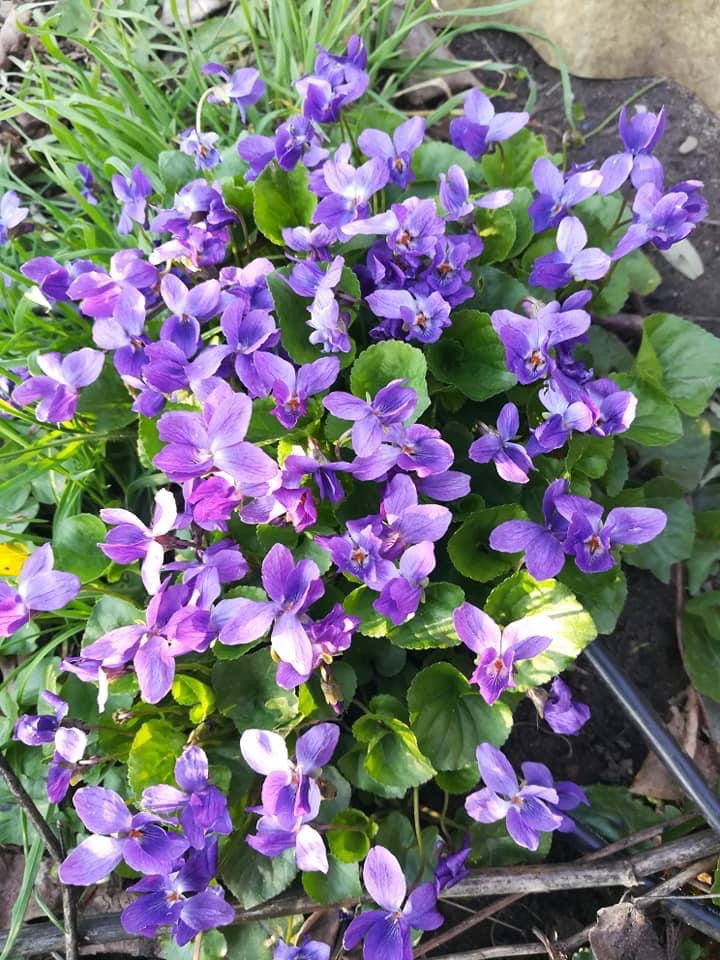
What is HERBAL HAY?
Simply put: dried wild herbs that you mix according to the preferences and needs of your animals.
I always include a lot of nettle in my mix because my female tortoises have poor uric acid levels. I also dry plantain, dandelion, chicory, dead nettle, goose thistle, chamomile, and milk thistle. As a treat, I add some rose hip flowers. Spread everything out and let it dry thoroughly, turning it in the afternoon. Then store it loosely in a pillowcase or fabric bag until mid-summer. During the summer months, mainly feed the herbal hay.Growing Your Own Feeder Plants
To ensure a supply of high-quality feed throughout the season, it’s important to cultivate feed plants yourself. In spring, it helps to start growing feed plants on a windowsill, in a raised bed with a cold frame, or in a greenhouse. Early in the year, an inexpensive method for providing warmth outdoors is using a large clay pot with a heating candle inside.
A cost-effective solution for growing feed plants is using fleece-covered raised beds in combination with pop-up greenhouses. Raised beds with cold frames are also excellent for growing feed plants. Early sowing in a cold frame or greenhouse is very successful.
In the autumn, collect feed plant seeds from the dried plants or purchase them from a seed store or tortoise shop. Any soil used for growing wild herbs should be well-limed with dolomite lime to ensure that the feed plants are calcium-rich. The addition of limestone chippings in the tortoise enclosure also provides good calcium for the plants growing there.
Sow feed plant seeds in the enclosure several times a year. Regularly sow seeds in the cold frames to ensure the tortoises have something to eat during transitional periods and bad weather.
Harvesting Feed Plant Seeds in Late Summer
In late summer, it’s usually a good time to do a moderate cutback in the European tortoise enclosure to create natural sunspots. Many plants will have dried out over the summer. During this process, you can also collect some feed plant seeds.
Key Points for Harvesting:
- Timing: Perform the cutback only after the plants have flowered. This ensures you don’t disrupt the seed production process.
- Selective Pruning: Trim only a portion of the perennials to create sunspots and allow for sunlight exposure. This approach maintains habitat diversity by leaving some plants standing, which provides food and shelter for insects, birds, and small animals.
- Protect Plants: Avoid cutting perennials too deeply to protect them from frost. Dead flower heads, for example, can provide overwintering sites for insects.
- Minimal Disruption: Avoid a “clear-cut” approach. Harvest only a fraction of the seeds and leave the majority to remain in the enclosure over winter. This ensures that any seeds not consumed by birds will naturally disperse in the spring.
- Replanting: Seeds left in the enclosure will naturally sow themselves, contributing to the ongoing supply of feed plants.
By following these guidelines, you help maintain a balanced environment that supports wildlife while ensuring a sustainable supply of feed for your tortoises.
Benefits of Using Limestone Chippings for Microclimate Management
Why Limestone Chippings Are Beneficial for European Tortoise Enclosures:
A layer of limestone chippings in a tortoise enclosure provides numerous advantages for the microclimate, benefiting both the tortoises and the plants:
1. Improving the Microclimate:
- Temperature Difference: Limestone chippings retain and reflect heat better than other surfaces. For example, photos show a temperature difference between a sunny spot with 20 cm of limestone chippings (19°C) and grass (4°C) at noon in March. The limestone remains warm and dry, while the grass is cold and noticeably damp, despite no recent rain.
- Drainage: Limestone chippings ensure excellent drainage, allowing excess water to flow away and keeping the surface dry. This prevents excessive moisture, which could lead to undesirable conditions.
2. Benefits for Plants:
- Calcium Supply: The slowly decomposing limestone provides an additional calcium source for the self-sustaining plants in the enclosure. This is particularly important for plants that thrive in calcium-rich soils and improves their nutrient uptake.
- Growing Conditions: Mediterranean plants such as rosemary, thyme, oregano, sage, and lavender benefit from a warmer and drier microclimate. These plants should not be planted directly in the chippings but rather in islands of approximately 20 cm of topsoil to support root growth and provide suitable hiding spots for the tortoises.
3. Plant Care:
- Fertilization: Twice-yearly fertilization with dolomitic lime helps to deplete the soil and provides additional calcium for the plants.
- Externally Grown Plants: Plants cultivated in beds, greenhouses, or raised beds should also be well-supplied with dolomitic lime to ensure adequate calcium availability.
4. Calcium Supply for Tortoises:
- Calcium Sources: Algae lime and cuttlefish bone should be available to the tortoises at all times, such as in a calcium cave or on a ceramic saucer. Calcium is essential for the strength of the shell and bones, and for proper eggshell formation in breeding females.
- Eggshells: Eggshells are not suitable as they do not provide calcium in a form that can be effectively utilized by tortoises.
By combining limestone chippings with targeted calcium supplementation, you can optimize the microclimate in the enclosure and support the health and well-being of both the tortoises and the plants.